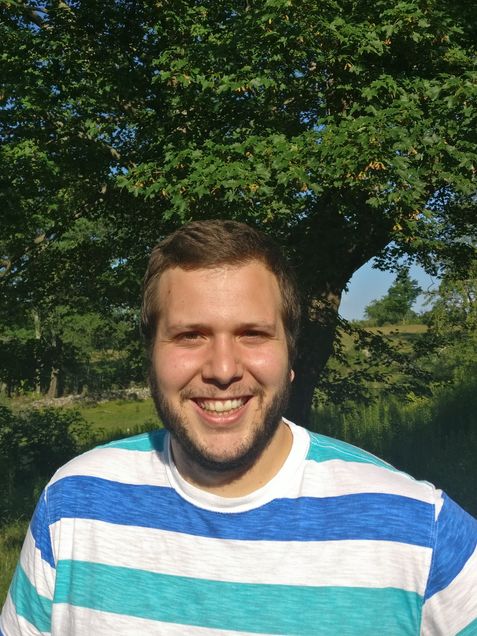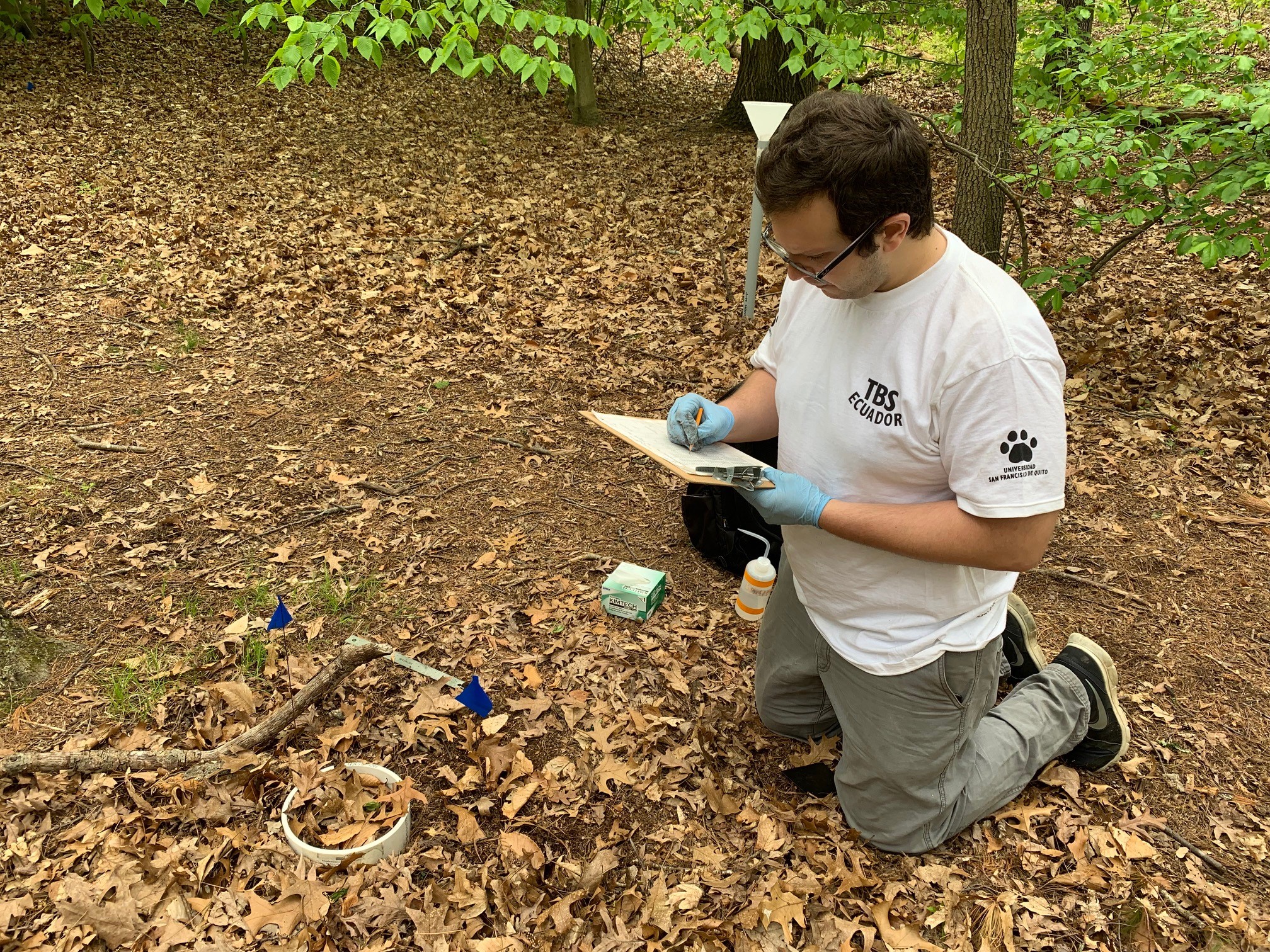Graduate Student Fellow Addresses Ecological Research Challenges with Computing
BY: DEIRDRE SHAHAR
Computing is the way of the future for scientific research, including ecological studies. Luca Morreale, a Graduate Student Fellow at the Hariri Institute, conducts research on how humans, roads, cities, and other developments affect forests in the Northeast. While publicly collected datasets offer large opportunities for ecologists to learn this information, these datasets also come with some limitations. So Morreale devised an innovative, computational method to work within these limitations.
While his work invites him to spend time outside in nature, a component he very much enjoys, Morreale admits that he wants to use technology inside as well.
“I wanted to work on a computer instead of going out in the woods and measuring trees,” said Morreale, “it set me apart a little bit.” Although he doesn’t have a formal background in programming or computer science, Morreale said he uses computing to collect and analyze environmental datasets to answer big ecological questions.
To complete his work, Morreale looks at data sets that are taken by the federal government where they measure the location of hundreds of thousands of trees across the entire United States. “What I do is take the information about the trees in the forests that are available, and figure out if they are on the forest edge or not,” said Morreale. The data help him understand how trees at the edges of forests are growing differently than trees in the center of those forests.

Aspects of these government datasets are publicly available, but specific pieces, on private land, are not. This results in many restrictions for researchers. “One of the things that really interests me is how do I use this private data that can’t touch the internet and still run the kind of analyses that I want to?” Morreale explains. This requires lots of computing power and keeps data scientists from working as freely as they want to with data. “That’s one of the things that brought me to the Hariri Institute.”
Persistence is key for Morreale’s work. At first, Morreale and his team figured that recorded location information of the trees would be enough to help them obtain the information they needed. After two years they realized that information, even the private location information, was not exact enough for them to figure out if the trees being measured were truly on the edge.
“That was not a great day. It was not a great week of being like, okay, where do we go from here? We’ve done this work. We’ve committed to this work and now it’s not gonna work the way we wanted,” Morreale explains.
It was then that Morreale realized that they were able to determine forest edges through records of where there are no trees. Definitionally, if there aren’t trees, then that area is not a forest. This makes it a bit easier for Morreale to figure out where forest edges are.

“It was upsetting, but the experience was more just everyone in the community reinforcing that this is science, and sometimes it works perfectly, but usually it doesn’t,” Morreale says. “The challenges are just a part of the process rather than a challenge to persist through.”
Morreale admits that this is a common challenge when dealing with online data sets. As opposed to going out and measuring trees yourself, you have to trust what the computer is telling you. “When you are working with a larger data set you can often get numbers that maybe seem right, but take a lot of work to figure out if they actually are,” he admits.
Throughout his work, he has learned how to integrate ecology with data science methods, and how to push through the challenges the research process presents.
Interested in learning more about the research happening at the Hariri Institute? Sign up for our newsletter here.
